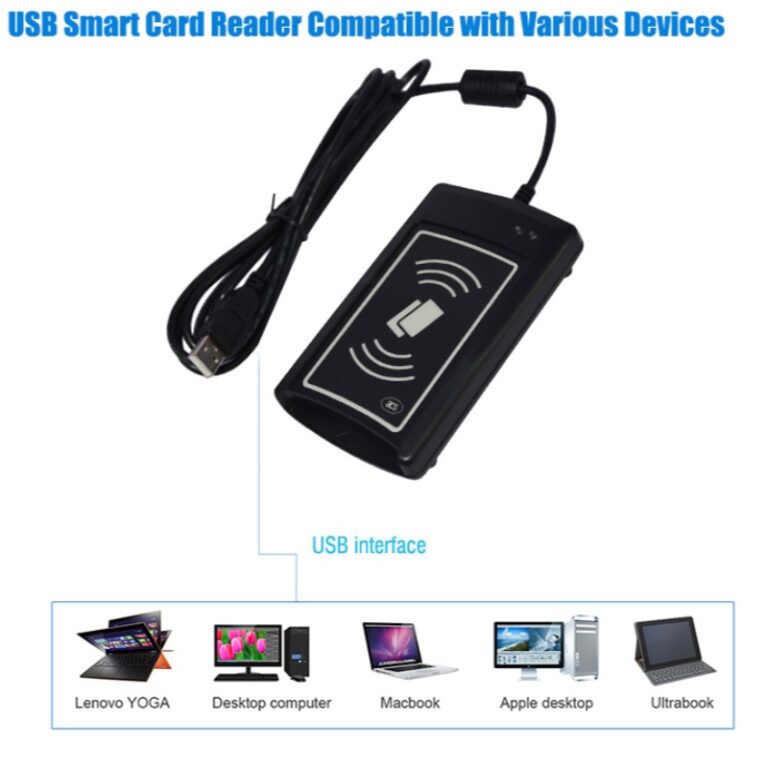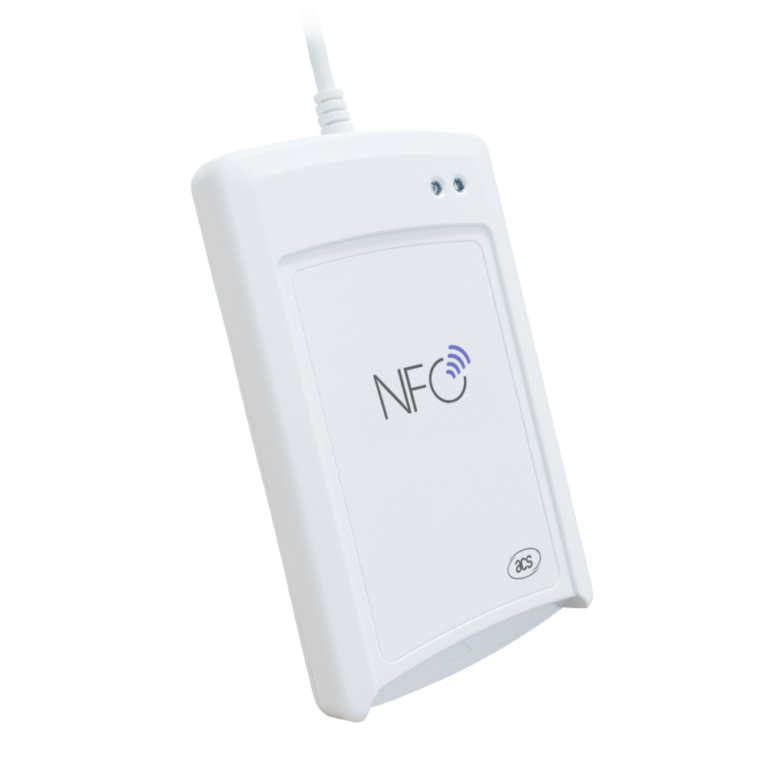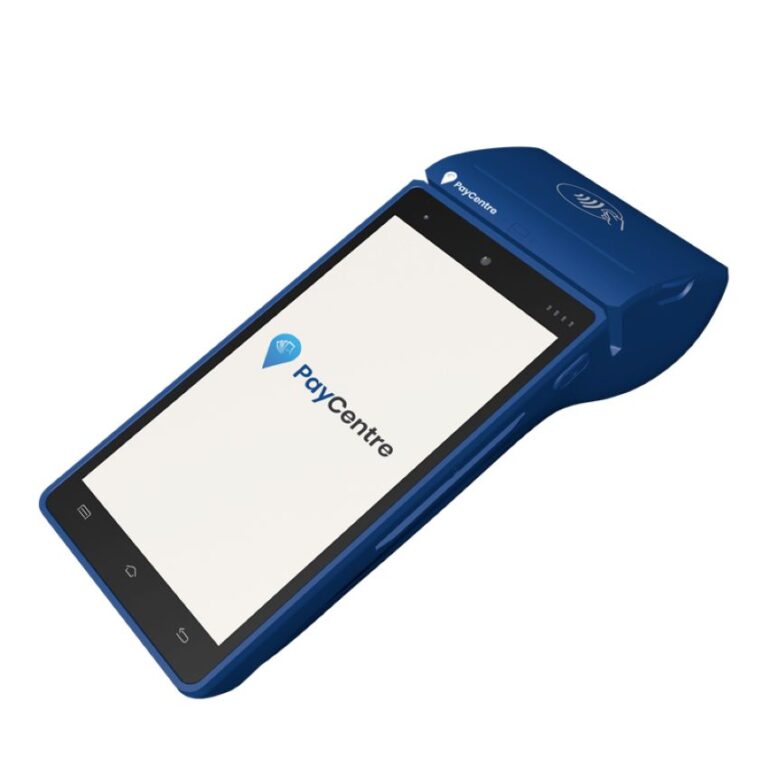
NFC Technology: Secure Contactless Communication
NFC enables quick, secure data exchange for payments and more, transforming everyday interactions.
Table of Contents
Near Field Communication (NFC),
also known as short-range wireless communication, is a short-range, high-frequency wireless communication technology that allows electronic devices to exchange data point-to-point contactlessly within a range of ten centimeters (3.9 inches). This technology evolved from contactless Radio-Frequency Identification (RFID), and its foundation lies in RFID and interconnection technologies. NFC is a short-range high-frequency radio technology operating at a frequency of 13.56MHz within a distance of 20 centimeters. It has transmission speeds of 106 Kbit/s, 212 Kbit/s, or 424 Kbit/s. Currently, NFC has become the ISO/IEC IS 18092 international standard, EMCA-340 standard, and ETSI TS 102 190 standard.
NFC uses both active and passive reading modes. When discussing NFC, we must first mention RFID, or Radio-Frequency Identification. Many may be unfamiliar with RFID, but it already surrounds our lives. Examples include meal cards, bus cards, access cards, and other cards that require a simple touch to pay or perform other operations, all of which use RFID. Even automatic toll payment lanes on highways utilize RFID technology. NFC, on the other hand, evolved from the integration of RFID and interconnectivity technologies.

By integrating an inductive card reader, an inductive card, and point-to-point communication functions onto a single chip, it can be transformed into an RFID card, a card swiping machine, or even a means for two devices to exchange data by being brought close together. In reality, standard NFC can provide three working modes: card emulation, reader/writer, and peer-to-peer. Mobile payment is just one application within the card emulation mode.
Card emulation is equivalent to an embedded “memory” in the phone. Various applications of bank cards, bus cards, membership cards, access cards, etc., can be stored in the NFC smart chip and called upon at any time without interfering with each other. Mobile payment utilizes this technology, turning the phone into a safe, convenient, fast, and stylish contactless payment and ticketing tool. It transforms the phone into a transportation card and a bank card, allowing users to “swipe” their phones like a bus card or bank card to make purchases.
Reader/writer mode functions like a portable RFID reader, allowing the reading of content from RFID tags. This could include reading tags on posters, electronic coupons in merchant menus, or even reading anti-counterfeiting labels. After the phone reads the information, it can provide feedback to determine the authenticity of the product. The reading status is diverse.



